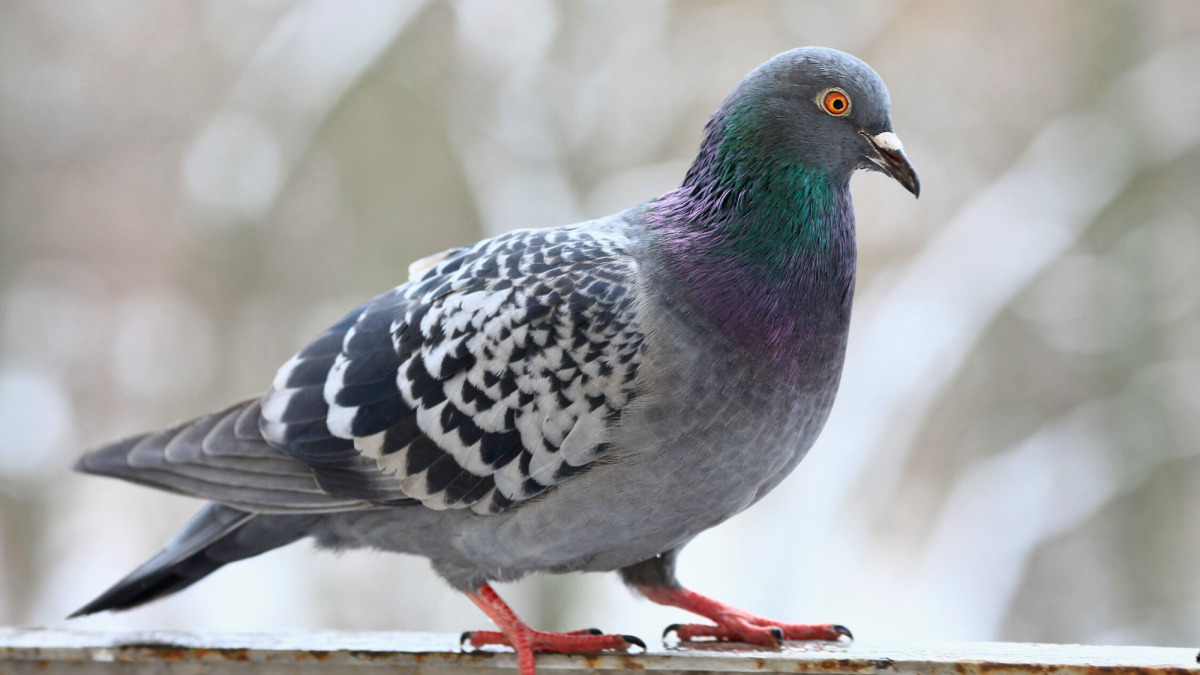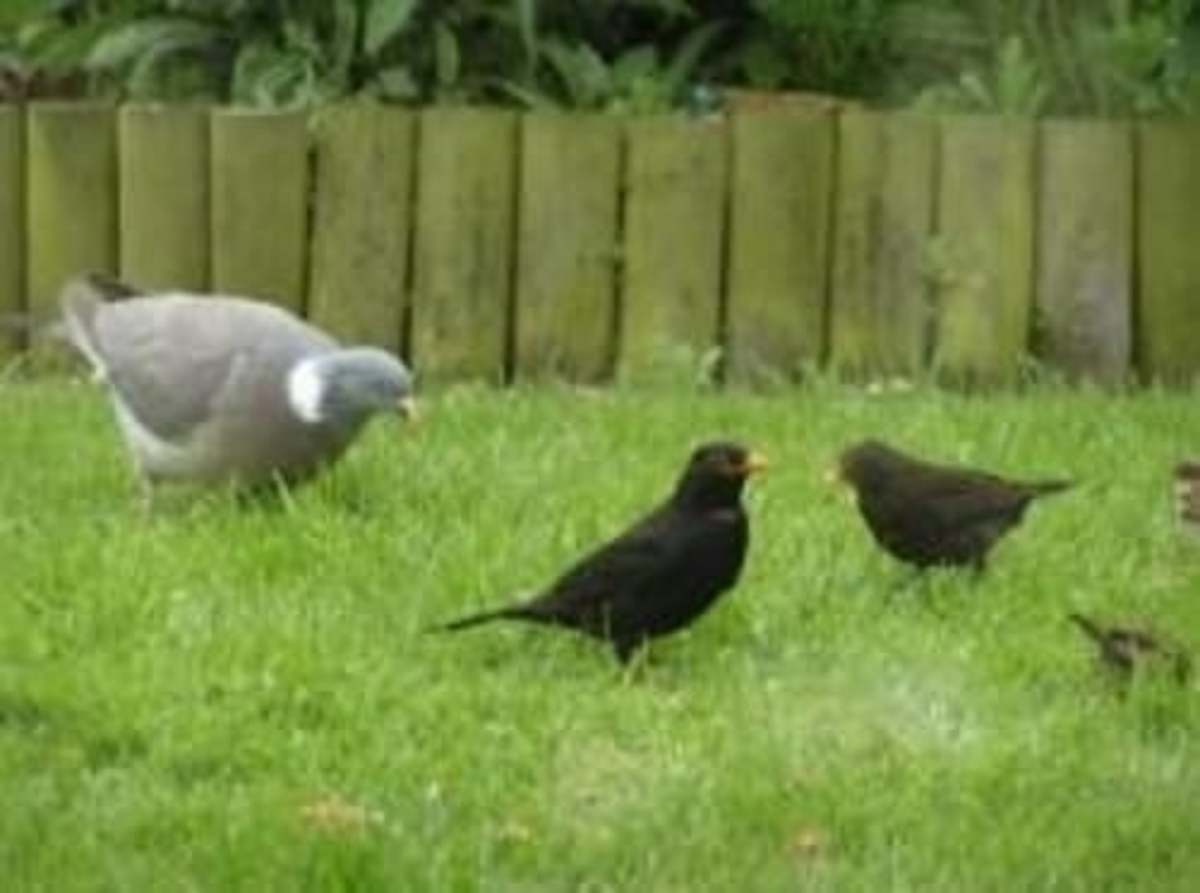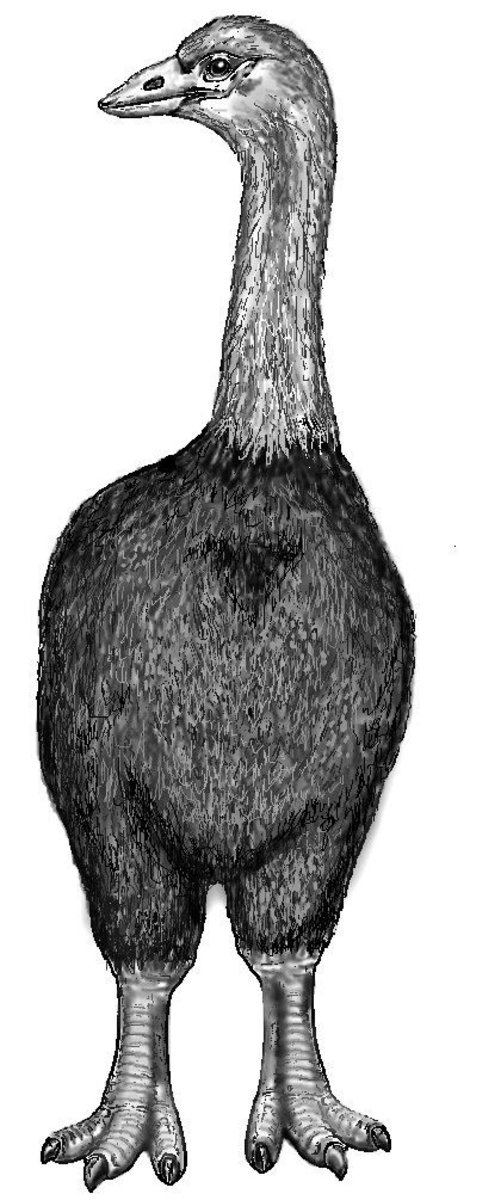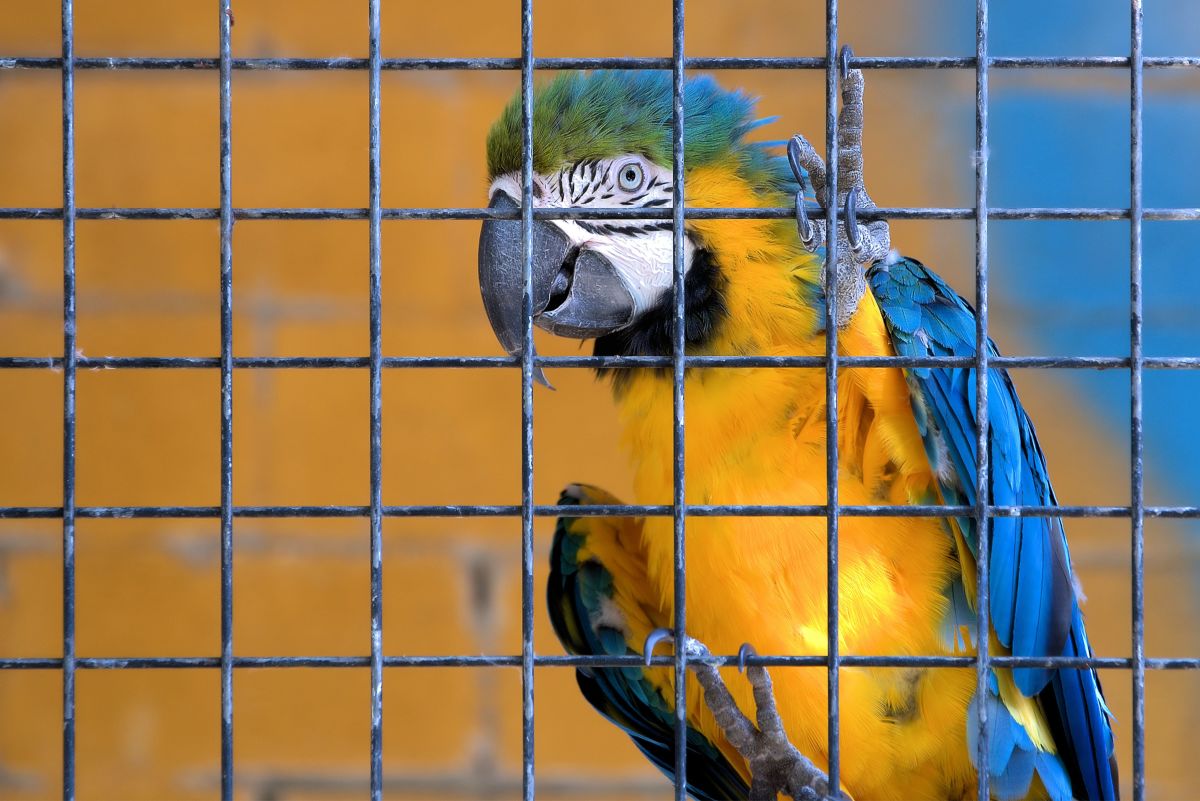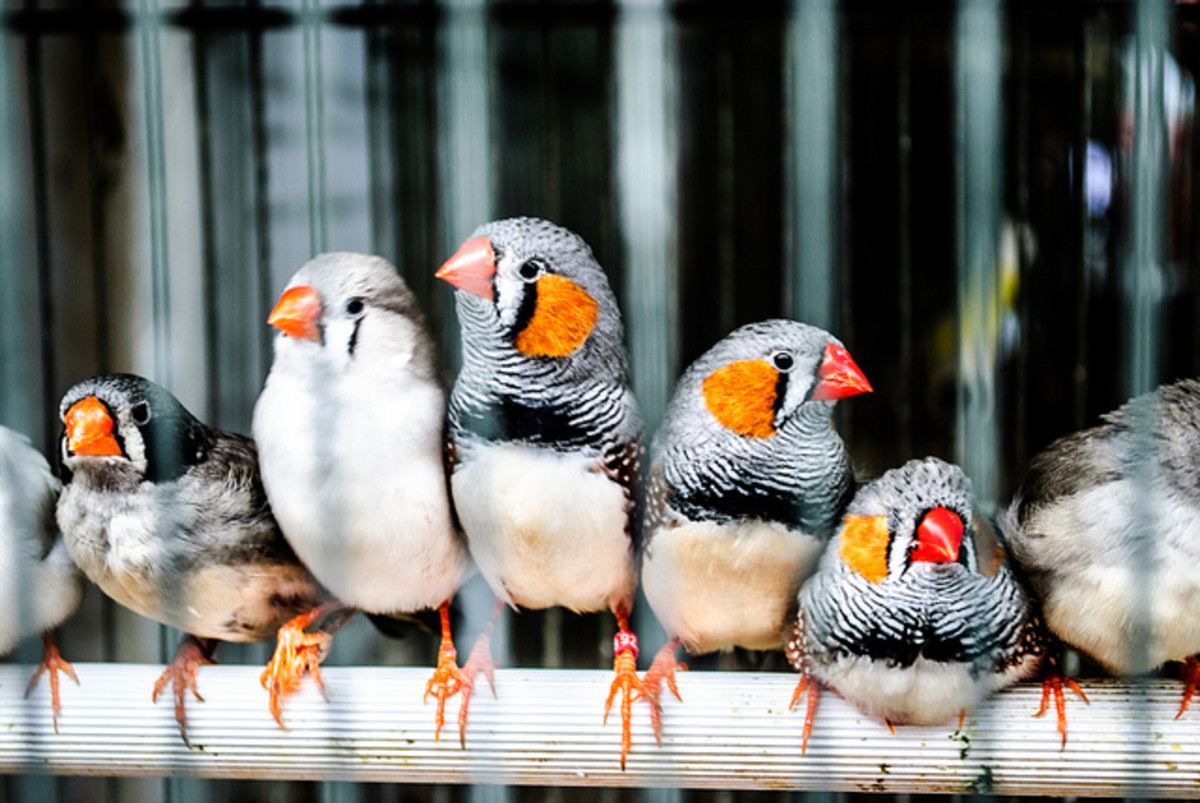The Pigeon - So Much More Than Rats With Wings.
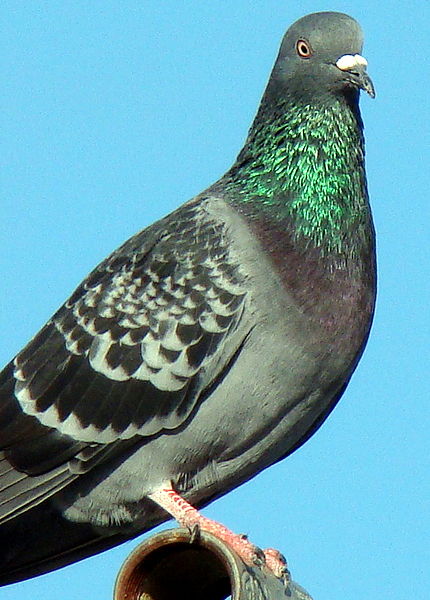
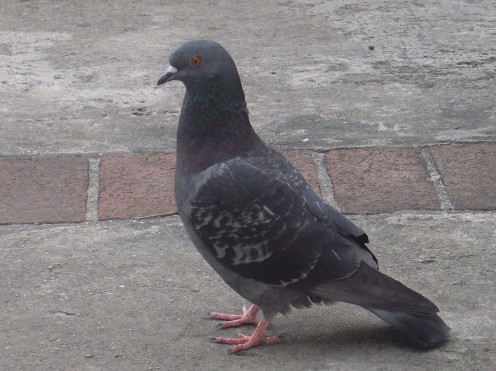
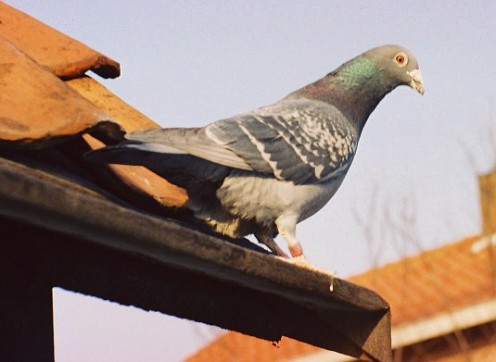
Check Oubut These Other Interesting Pigeon Hubs!
- Pigeons. And Why They Make Great Pets
Need a new pet? Want a new pet? Ever considered pigeon ownership? Well maybe it's time you did. Read on - and find out why ... - The Perfect Vacation: Pigeon Forge Cabin Rentals
Since 2001 we have been traveling to the Smoky Mountains for vacation and have found that this is our home away from home. Its of course really too expensive to own a log cabin in the mountains but Pigeon...
Pigeons have really gotten a bad name over the years. So much so, that several cities (Chicago for one) have gone as far as to enact "pigeon law codes" for it's residences.
These codes include everything from banning, owning, and harboring pigeons, to managing or constructing any coop or cote for the sheltering of any live pigeon within any resident district - even the feeding of pigeons has been restricted!
In addition to health concerns due to the pigeons droppings, these under-appreciated birds are often considered a general nuisance by the mass majority.
Nevertheless, rarely has this bird been given the credit it so truthfully deserves.
* Casualties And Hero's Of War.
During World War I, among many other animal war heroes, a carrier pigeon named Cher Ami "delivered no fewer than 12 messages and never failed," stated The Times. Unfortunately, an estimated 20,000 pigeons were lost during that particular war.
* Their Role In the Medical Field.
In 1978, carrier pigeons were used to transport tissue and blood samples - in plastic containers - from Devonport Hospital to the Freedom Fields Laboratory at Plymouth, England.
They would regularly cover the two-mile (3-kilometer) distance in a mere four minutes, compared to the 12 minutes it took when taxis were used to carry the medical samples.
* Used In Rescue Work.
In 1987, pigeons were trained in a search-and-rescue operation called Project Sea Hunt. Due to the pigeons superior eyesight and concentration - compared to that of humans - they proved very effective as spotters.
During the training process, three pigeons were placed in a dome underneath a helicopter, each facing in a different direction. Trained to distinguish the colors of life jackets and rescue craft, the pigeons pecked at an indicator when such colored objects were spotted, and the indicator directed the pilot to fly in that direction.
While an object nearly two miles (3km) away may have appeared as a speck in the ocean to humans, it could be easily spotted by the sharp-eyed pigeon.
Compared to the human success rate of 40 percent in spotting objects in the ocean, pigeons scored 90 percent in their rescue work!
* The Intelligence Factor.
In addition to their ability to migrate long distances, scientist found that pigeons can sense the position of the moon even when they can't see it.
Science has also demonstrated that homing pigeons sense changes in the earth's magnetic field, can detect low-frequency sounds miles away, can see light waves we can't, can identify familiar odors, and can sense air-pressure changes.
* Their Contribution To Science.
In 2008, researchers at the University of Rajasthan, in northern India, stated that studies conducted on pigeons in Jaipur city showed that these birds could be used to measure city pollution. How so?
Well, heavy metals that are present in the habitat or environment the pigeon lives in, enters their feathers and remain even after they are shed.
Since pigeons normally live in a fixed area, the levels of lead, copper, chromium, and cadmium detected in their feathers may be an indicator of local pollution.
* Their Great Police Work.
In 1999, an 800-strong pigeon corps was still being used by a local police department in the Indian state of Orissa.
Although considered an archaic form of communication, the pigeons were the only reliable link between the town and the district headquarters of Cuttack, when floods devastated the town of Banki in 1982,
These pigeons had been a lifeline during cyclones and floods for over 50 years and were still considered practical when wireless communication broke down.
It's understandable to some extent, why there is a need for law codes concerning "pigeon population control."
Nevertheless, the good that they have done should not be forgotten. They are consequently, so much more than "rats with wings."





